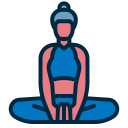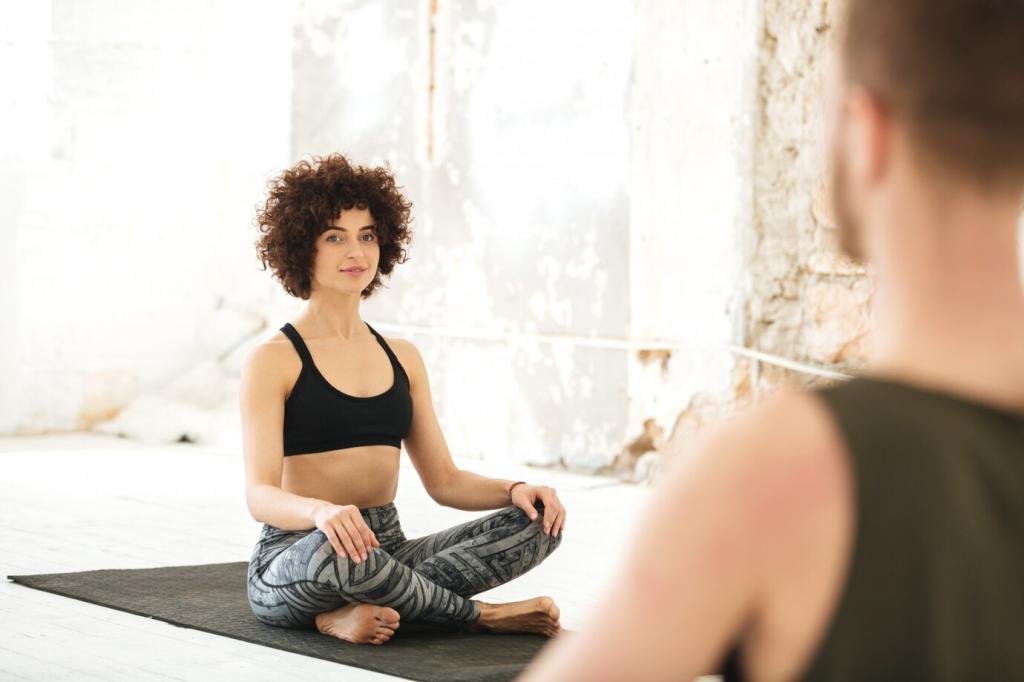
Breathe Into Calm: Your Gentle Start to Yoga
Chosen theme: Breathing Techniques in Beginner Yoga. Today we’ll explore simple, soothing ways to use your breath as a trusted guide on the mat. Stay curious, practice softly, and subscribe for weekly beginner-friendly breathing prompts.
Why Breath Comes First in Beginner Yoga
Diaphragmatic breathing, sometimes called belly breathing, teaches you to move the breath low and wide. Feel ribs expand 360 degrees, soften shoulders, and let exhalations lengthen naturally to cue your nervous system to relax.
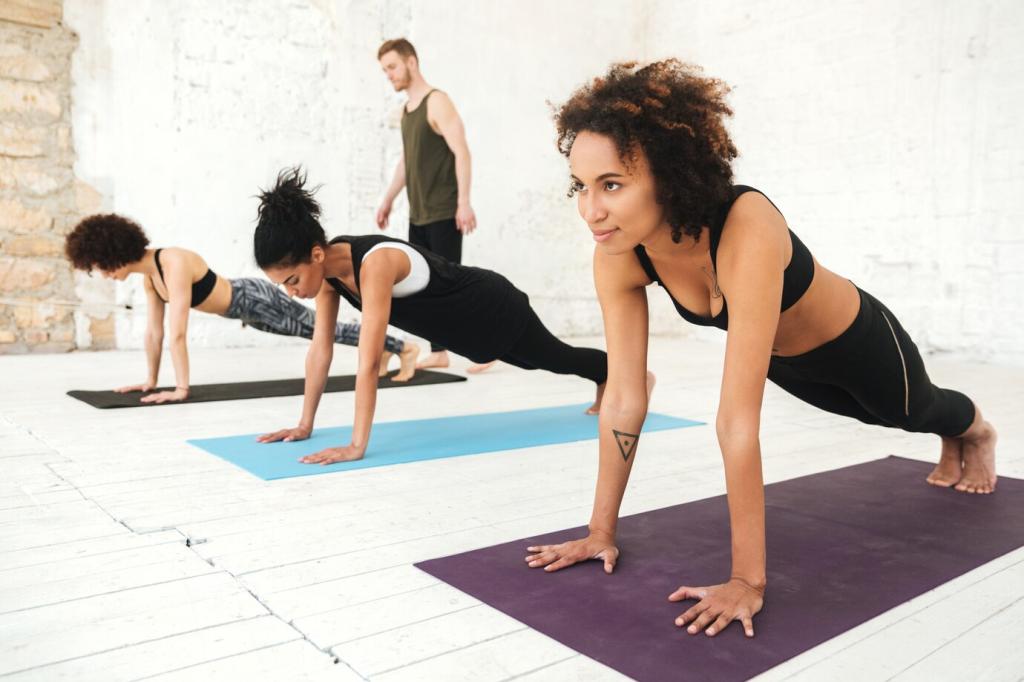
Step-by-step setup
Lie on your back with knees bent or sit tall. Inhale to fill the belly, then the side ribs, then the upper chest. Exhale in reverse, smoothly and slowly. Keep the jaw relaxed and the shoulders quiet.
Common pitfalls and gentle fixes
Avoid lifting the shoulders dramatically or forcing the inhale. If tension rises, reduce the volume of each breath and shorten the practice. A hand on belly and ribs helps track expansion without strain.
A 90-second starter practice
Try six cycles: inhale belly, ribs, chest; exhale chest, ribs, belly. Count to four in and five out. Notice subtle warmth spreading across the torso. Share how it felt and subscribe for new mini-practices.
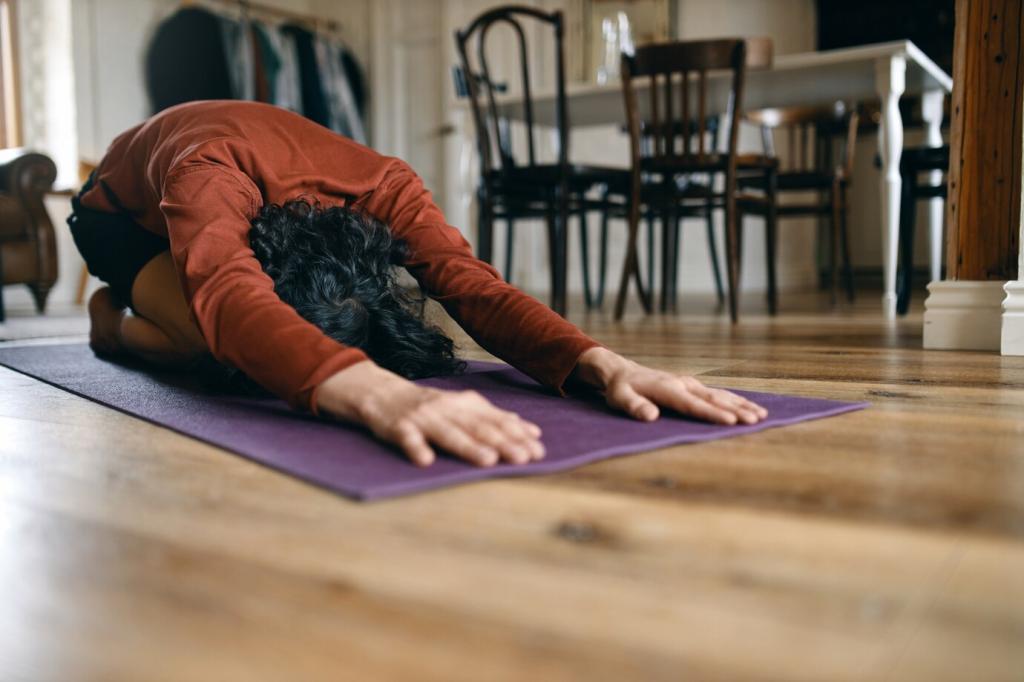

This is the heading
Lorem ipsum dolor sit amet, consectetur adipiscing elit. Ut elit tellus, luctus nec ullamcorper mattis, pulvinar dapibus leo.

This is the heading
Lorem ipsum dolor sit amet, consectetur adipiscing elit. Ut elit tellus, luctus nec ullamcorper mattis, pulvinar dapibus leo.
Sama Vritti (Box Breathing) for Balance
Begin with a count of three or four in and the same count out. Do not chase longer counts. The right ratio feels smooth, sustainable, and repeatable, as if your breath could glide for minutes without effort.
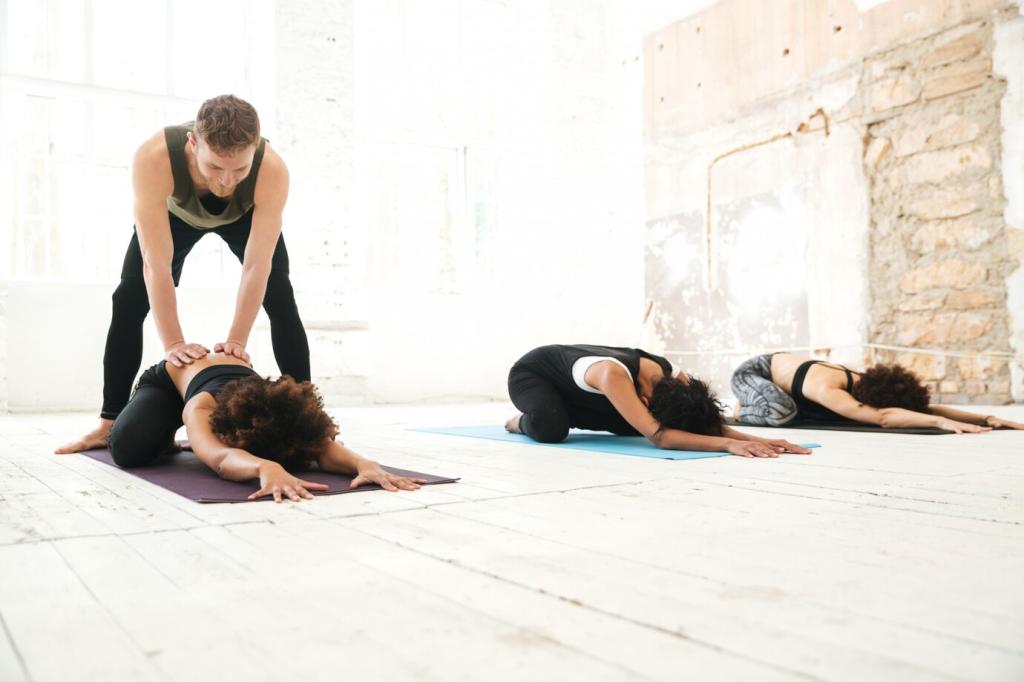
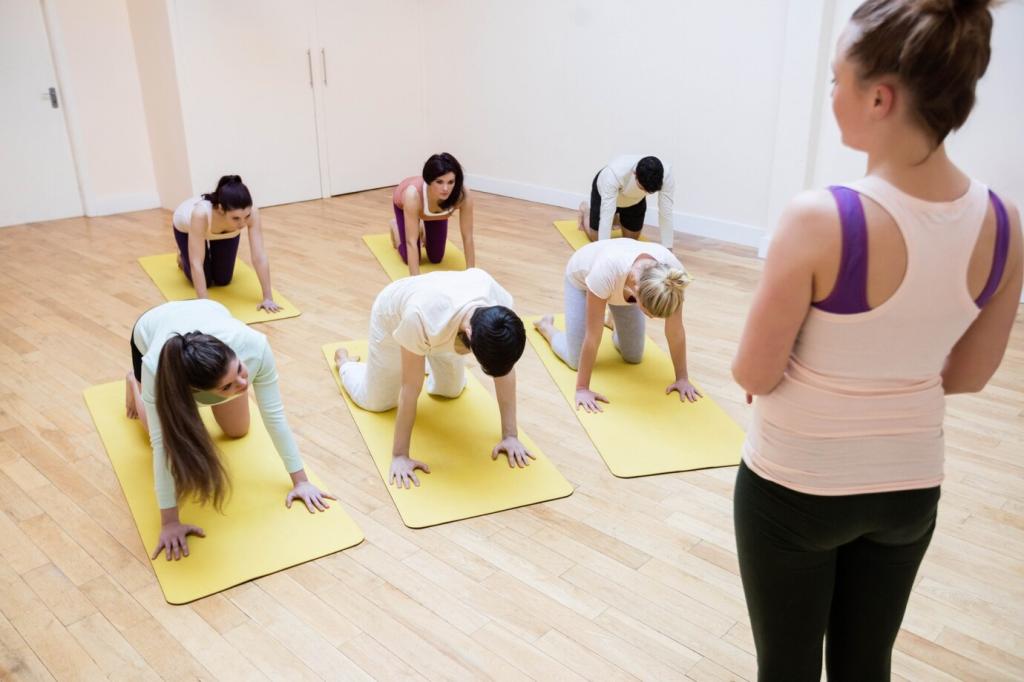
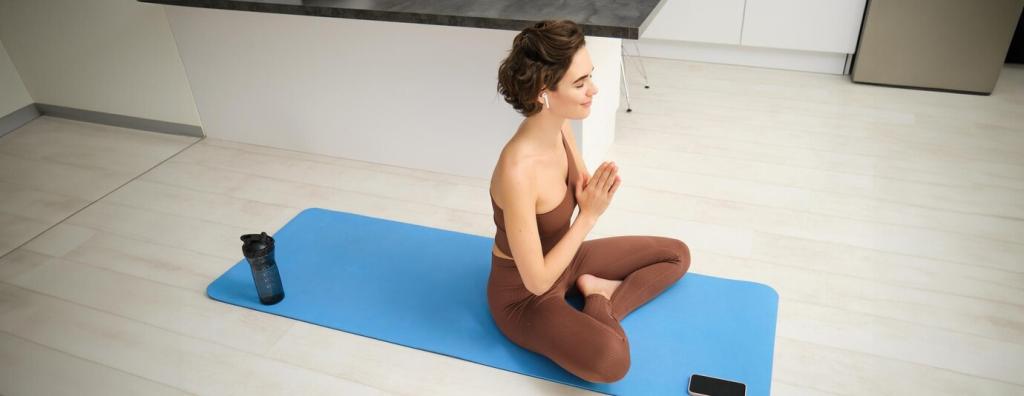
Linking Breath With Movement
Inhale to Cow, opening the chest; exhale to Cat, rounding the spine. Keep breaths soft and continuous. Two minutes here can melt neck tension and teach natural cadence you can reuse in other beginner sequences.
Linking Breath With Movement
From Mountain, inhale to sweep arms up; exhale to fold; inhale halfway lift; exhale to fold; inhale to rise. Keep breath audible only to you. Let each transition start the moment the breath begins.
The Physiology of Calm Breathing
Gentle breath training improves your comfort with rising carbon dioxide, reducing the urge to over-breathe. This translates into calmer sensations. Progress is gradual, so celebrate small wins and keep the effort pleasantly light.
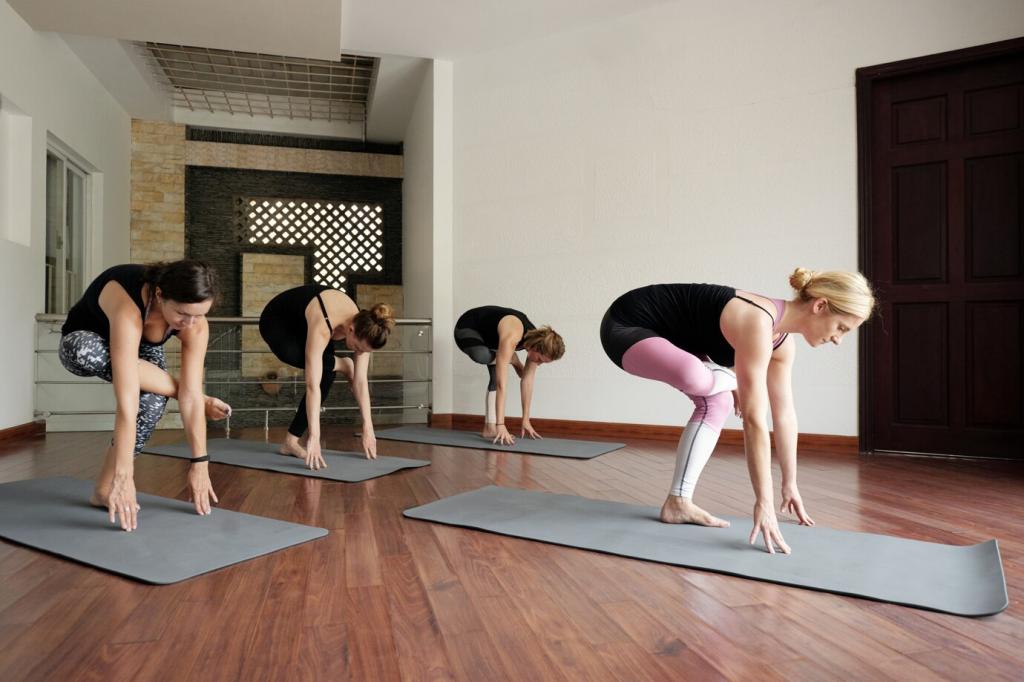
Build a Breath-Friendly Routine
Design your daily cue
Pair three minutes of breathing with an existing habit: after brushing teeth or before making tea. Keep a cushion visible, set a soft timer, and record a single word describing your mood before and after.
When motivation dips
Lower the bar, not your hopes. Do just two mindful minutes or five even breaths. Celebrate showing up. Share your tiny-win stories to motivate others, and subscribe for supportive reminders that meet you exactly where you are.
Invite connection and accountability
Ask a friend to practice Box Breathing together twice a week. Exchange quick voice notes about how it felt. Comment your schedule below, and we’ll craft a beginner-friendly breathing calendar for the next month.
